|
So, fairy gardens…Where did this charming gardening trend come from? I asked myself this very question as I worked on my annual spring gardening and faux floral projects. For the past few years, I’ve been experimenting with fairy houses and fairy gardens—both for indoor and outdoor use—but until now, it never occurred to me to consider the origins and the meaning behind the miniature garden trend. So I did a little digging (no pun intended), and here’s what I learned… Late 19th century garden trends The seeds for the fairy garden idea—at least here in the US—seem to have started sometime in the late 1800s as an offshoot of the Japanese garden tradition of bonsai and miniature trees. The Victorians were fascinated with Japanese art, gardens, and culture and began using Japanese-influenced miniature trees in their garden landscapes. These were not yet what we would consider fairy gardens, but the notion of plants in miniature seems to have fascinated people from that time forward. A new garden idea in the mid-20th century Fast forward to the mid-1900s, and a British nursery owner named Anne Ashberry and the fairy garden as we know it today start to take shape. Anne Ashberry’s idea was to create small gardens that could be easily looked after by people who lived in small spaces or by individuals with physical impairments. If you’ve never heard of Ms. Ashberry, read her inspirational story here. She became well known for her miniature gardens and window boxes with tiny landscaped worlds full of carefully researched flowers and soils. I don’t think they were considered fairy gardens just yet. These carefully manicured small-scale versions of our world—filled with miniature houses and formal gardens—were simply magical and sought after by the British royal family. Folkloric influences The current-day fairy theme has cultural ties to Germanic and Celtic (Irish) folklore. The underlying mythical belief is that fairies live in our gardens, and these fairies can either be mischievous or bring good luck, depending on how well they are respected and treated. According to popular belief, if you want to appeal to the fairies in your garden and get into their good graces, you must create an enticing world filled with flowers, comfortable places to live and shelter, and sparkly things. If you do this, fairies will move in, and your garden will thrive. There is also a tradition of placing fairy doors and tiny houses in the woods near trees. This attracts good fairies to the area and creates a sense of magic and wonders for the lucky person who happens to be passing by. Miniature vs fairy We should take a moment to understand the difference between “miniature” and “fairy” gardens. The terms “miniature garden” and “fairy garden” tend to be used interchangeably, and I guess there’s a logic to that, but I believe there is a distinct difference. Fairy gardens—to my way of thinking—are specifically about creating spaces for fairies and have their roots in folklore. Miniature gardens CAN be fairy gardens, but often they are just like model train landscaping—a mirror reflection of our world in miniature, which—in truth—can be just as enchanting! Fairy gardens today Today, miniature gardens (and fairy gardens) are often used to give children a place to stretch their imagination, but adults seem to be equally enthralled with them. (Take a look on Facebook if you don’t believe me!) It’s a fun hobby that some people take to incredible levels, creating miniature worlds full of minute details that capture your attention and make you smile. Creating an outdoor fairy garden is a fun way to “play” in the garden. It’s also a way to have a compact garden in small areas. (Remember Anne Ashberry?). You could even use faux plants for all-year use and less maintenance. I have been experimenting with indoor fairy gardens and faux florals to bring the outdoors inside. (I know...According to folklore, you are not supposed to invite fairies inside, but rules are meant to be broken, right?!) The most important thing when dealing with fairy gardens is creativity and imagination. Everything else is just confetti! Add whimsical accents to your fairy garden! GS-JJ reached out to me with ideas for adding fun little touches to fairy gardens: "A fairy garden is a captivating and enchanting realm, brimming with an abundance of tiny, meticulously crafted details that come together to form a harmonious and magical whole. To truly make this fairy garden your own, it's time to let your creativity soar and decorate it with some Custom Enamel Pins that perfectly match the theme. Place these medallions strategically around the garden, perhaps nestled among the flowers or beside a tiny fairy house. These custom enamel pins not only add a personal touch but also enhance the overall charm and allure of the fairy garden, making it a one-of-a-kind haven for both fairies and those who appreciate the beauty of the fantastical." And finally, exciting new things are coming to my online shop! I am developing some ideas for new handcrafted wooden fairy houses for indoor fairy gardens. For more on this exciting new project, check out my new page on Di’s Studio Design website… https://disstudiodesigns.com/fairy-houses.html Related blogs you may want to read: My spring 2022 indoor fairy gardens Spring makeover for my indoor fairy gardens My outdoor fairy garden My fairy house project This article includes a paid link to a collaborator site. The article also contains additional items or commercial mentions used for demonstration purposes only and are not paid endorsements.
2 Comments
5/22/2023 12:47:15 am
I appreciate you pointing out that small gardens can be like fairy gardens, but frequently they are more like model train landscaping—a scaled-down version of our actual world, which can be just as magical. My mom wants to spruce up her outdoor space. I'll purchase the handcrafted fairy homes.
Reply
5/22/2023 07:21:52 am
I agree, Iris! Miniature worlds--fairy or not--are just so magical and a wonderful way to play with the imagination! Thanks so much for stopping by and leaving your wonderful comment!
Reply
Leave a Reply. |
Author
Some of the posts on this site contain affiliate links. This means if you click on the link and purchase the item, I will receive an affiliate commission. Categories
All
Archives
October 2025
|
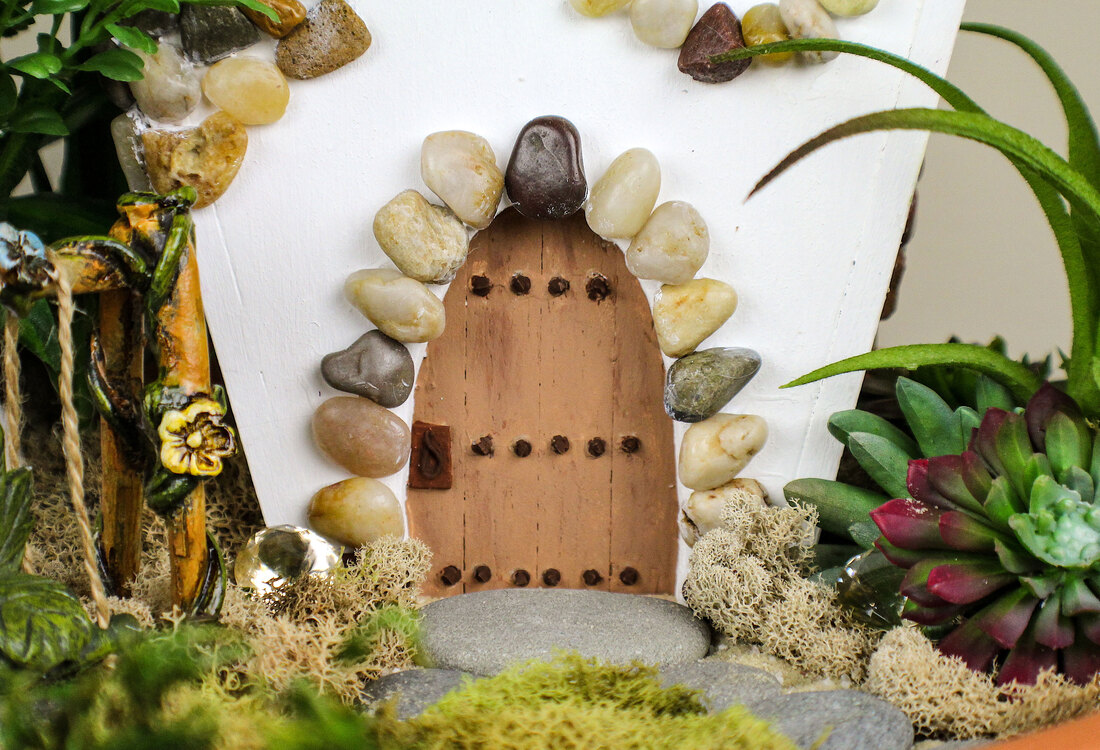
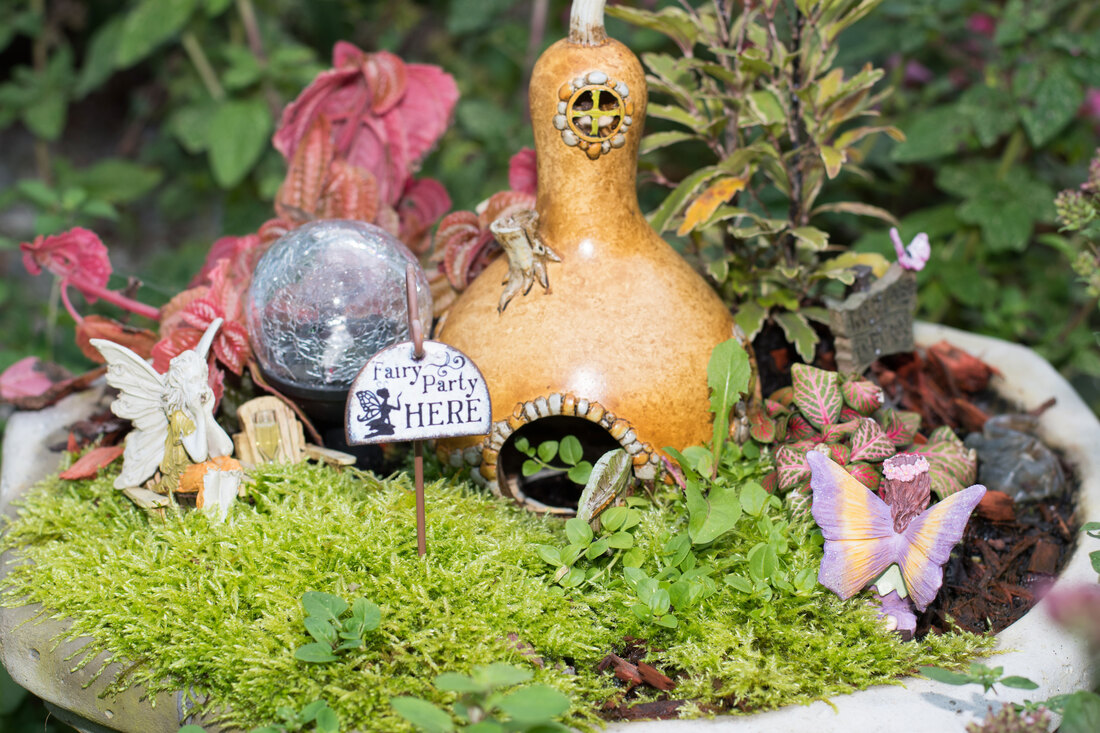
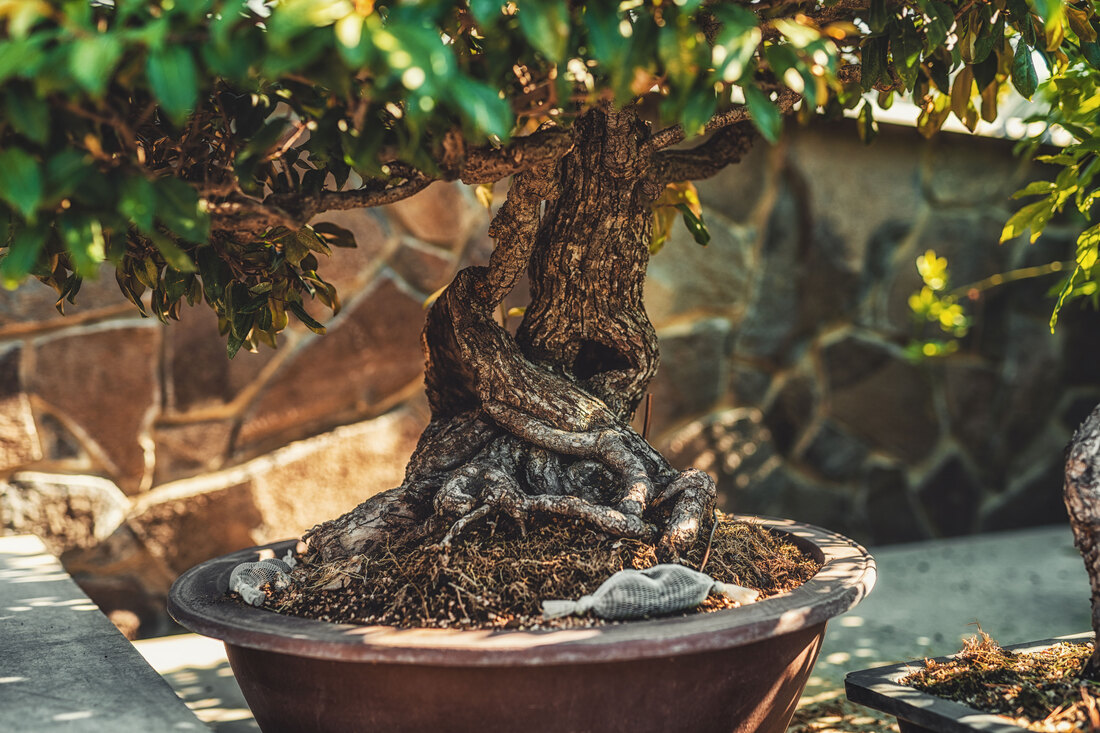
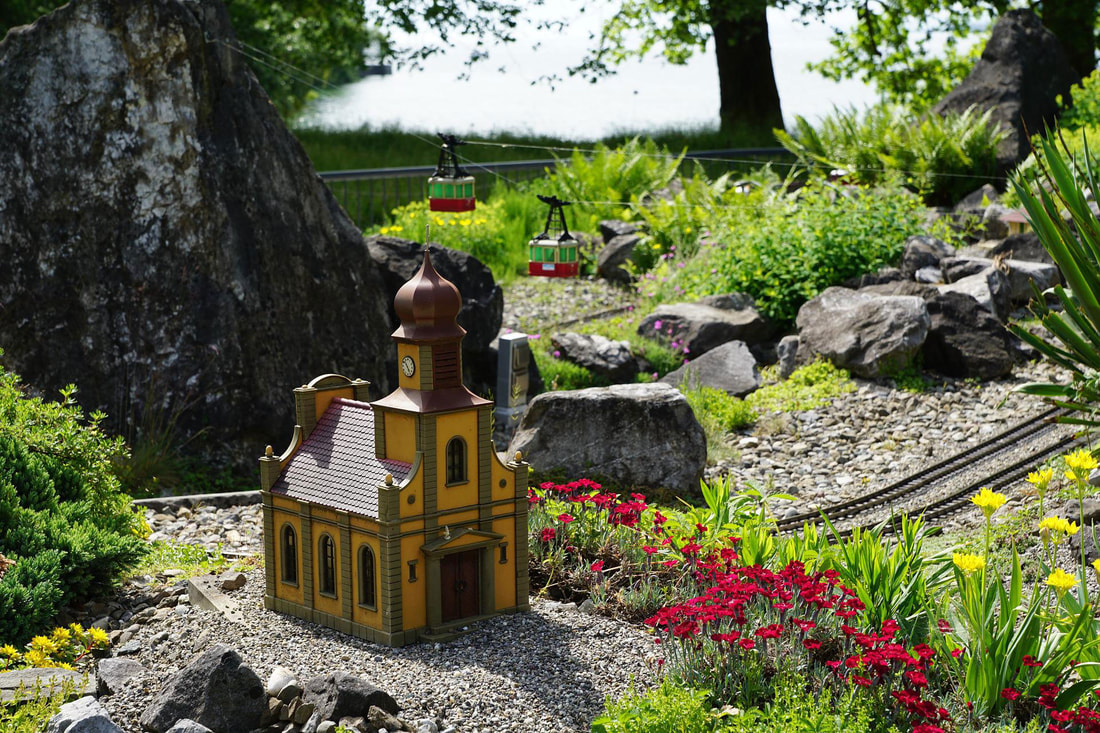
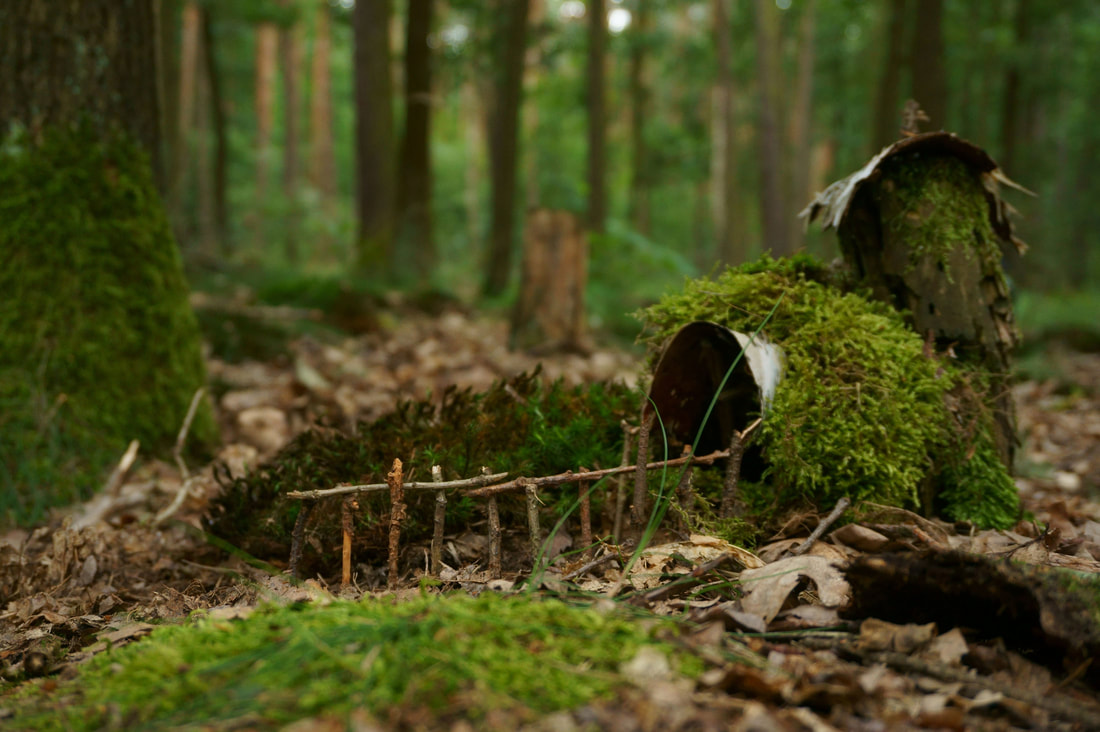
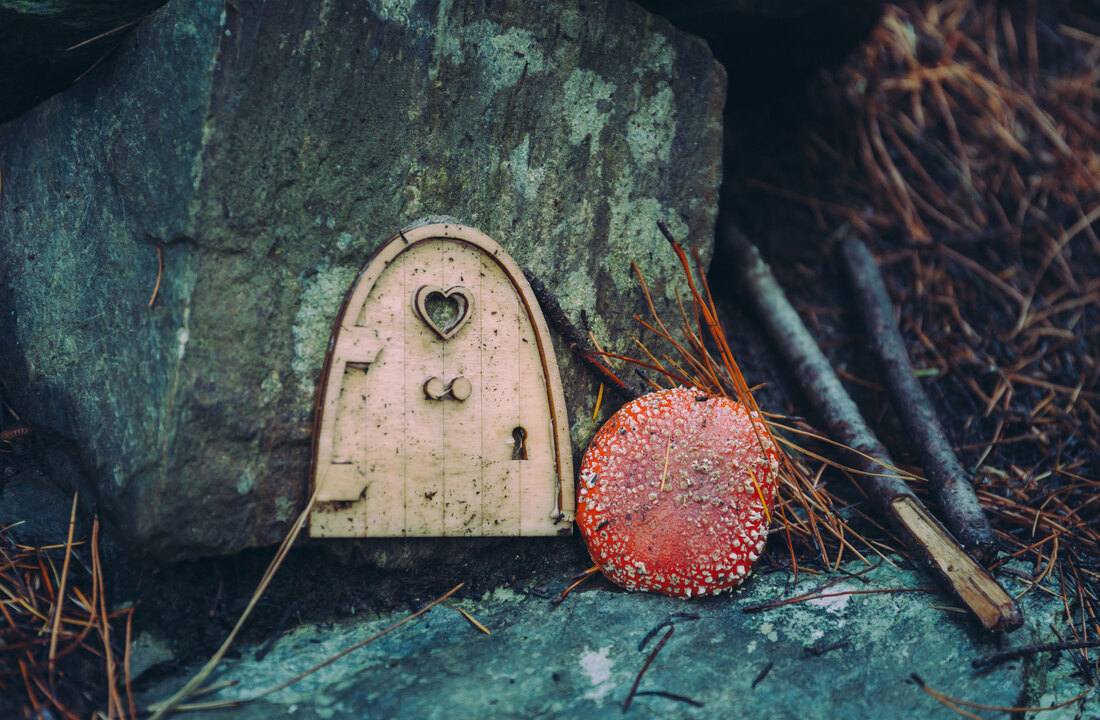

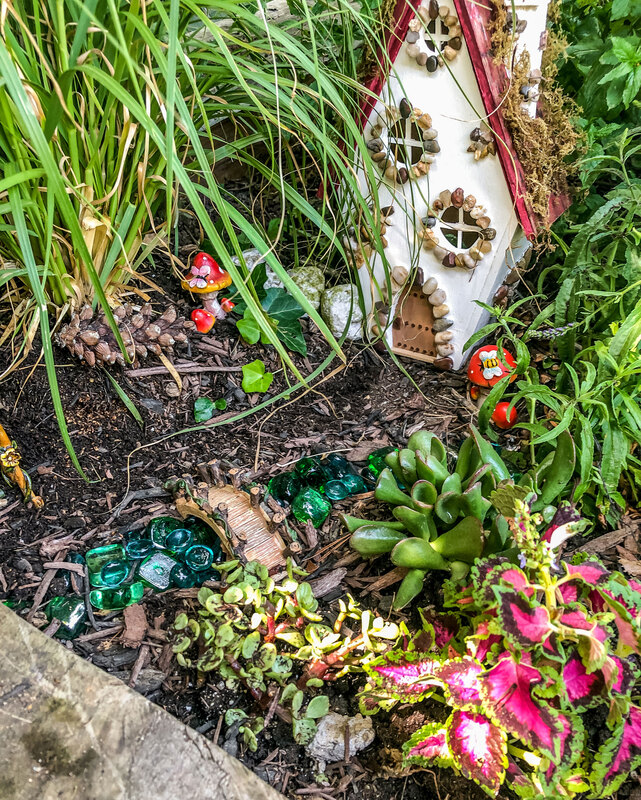
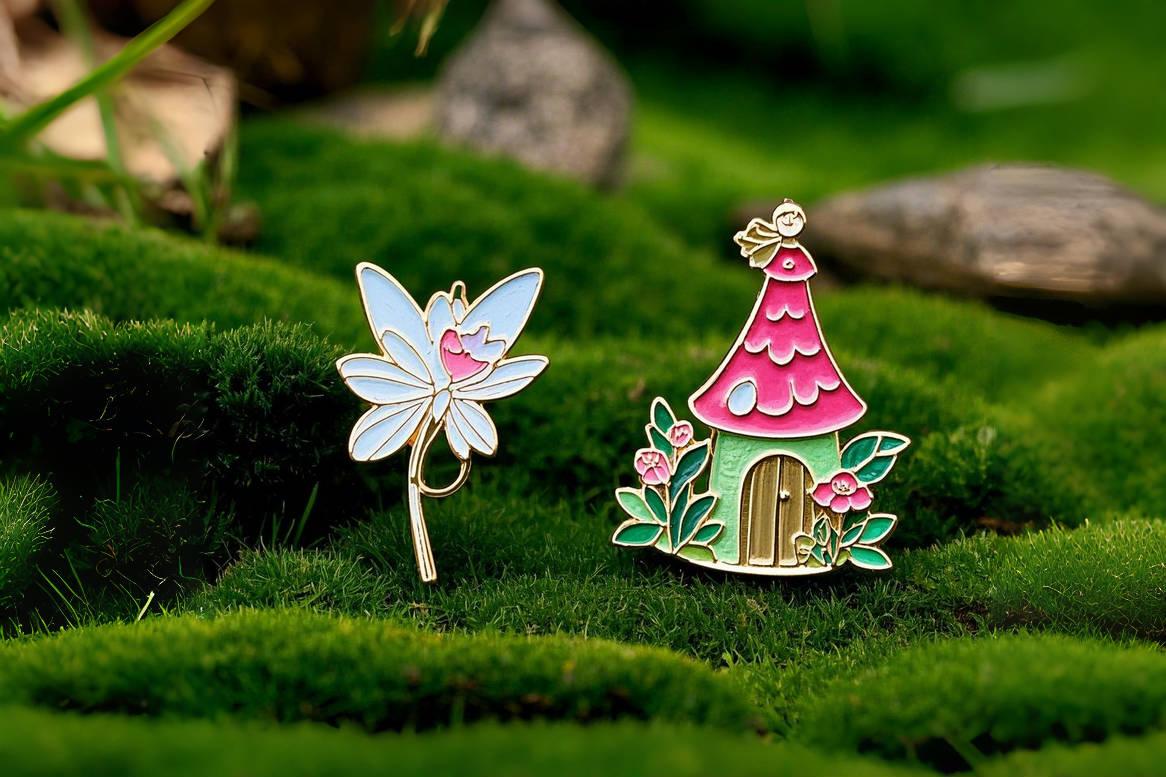
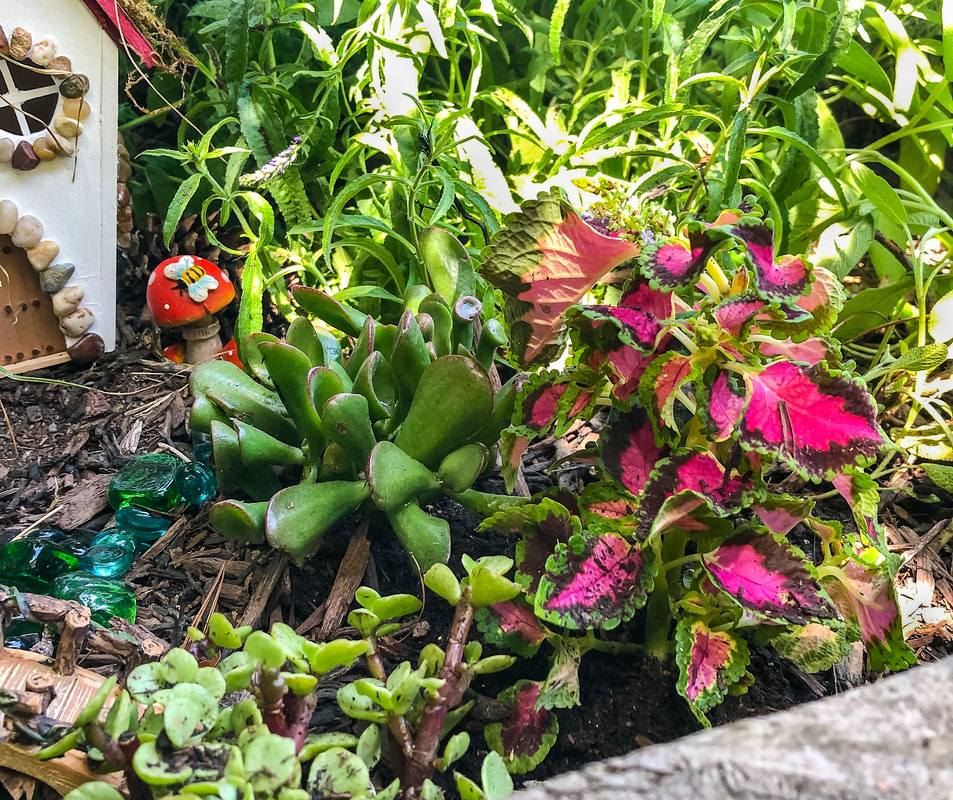
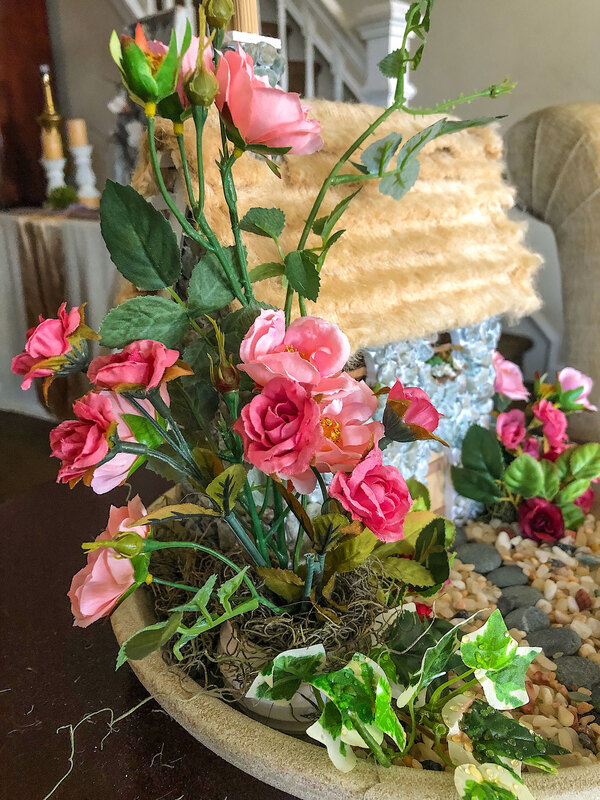
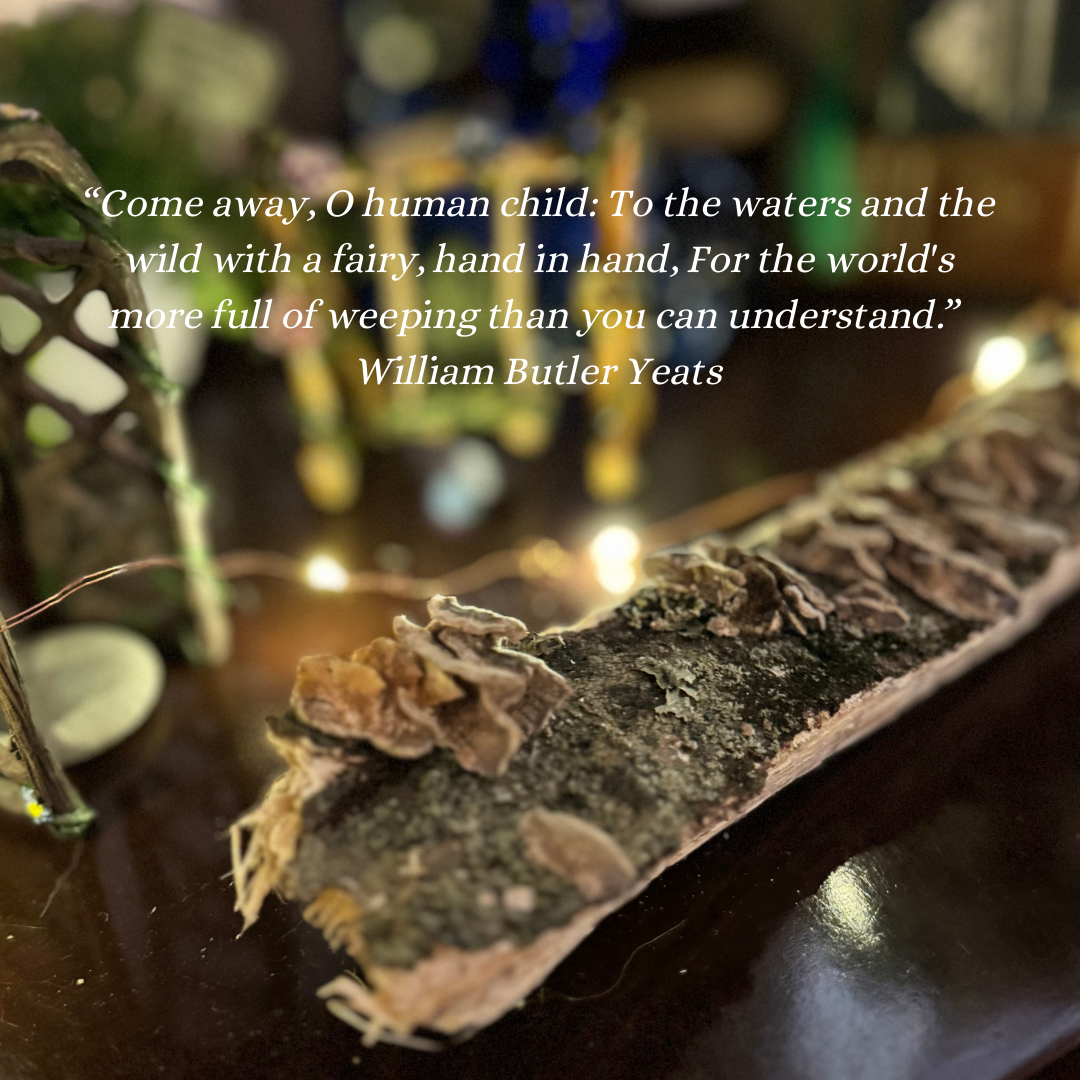

 RSS Feed
RSS Feed
